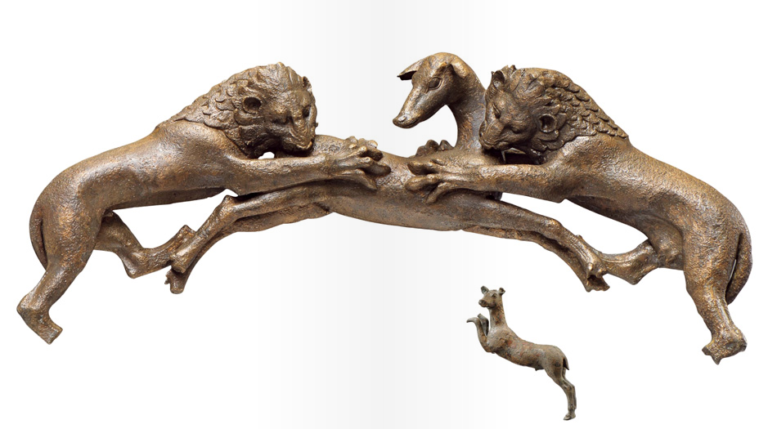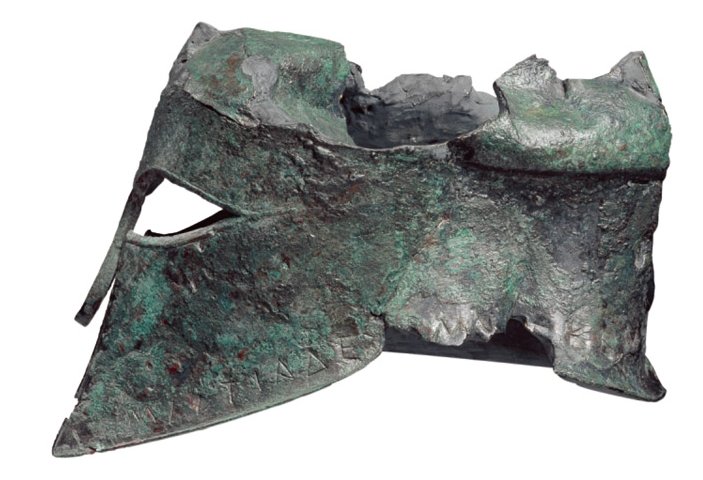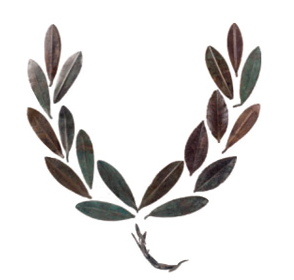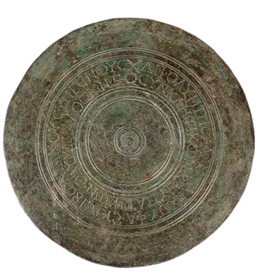γνώρισε....
την πορεία ανάπτυξης του ιερού της Ολυμπίας και παράλληλα την εξέλιξη της αρχαίας ελληνικής τέχνης
Τα εκθέματα παρουσιάζονται στην ευρύχωρη κεντρική αίθουσα και σε έντεκα ακόμη που την περιβάλλουν με χρονολογική και ενίοτε με θεματική σειρά.
Όλα τα αντικείμενα εξηγούνται με απλό αλλά επιστημονικό τρόπο. Με μια ποικιλία χρήσιμων εργαλείων και μέσων όπως χάρτες, σχέδια, φωτογραφίες, ανακατασκευές και μακέτες των μνημείων, ο επισκέπτης ενημερώνεται και υποστηρίζεται σε κάθε του βήμα στο μουσείο.
Οι πίνακες πληροφοριών και οι λεζάντες για κάθε έκθεμα στη βιτρίνα, συζητούν και εξηγούν την ιστορική εξέλιξη τόσο του ιερού όσο και της αρχαίας ελληνικής τέχνης.
Η μεγάλη κεντρική αίθουσα του μουσείου φιλοξενεί το γλυπτό διάκοσμο του Ναού του Διός. Στα υπόλοιπα διαμερίσματα που την πλαισιώνουν, παρουσιάζονται τα πλούσια και συχνά μοναδικά στο είδος τους ευρήματα των ανασκαφών του ιερού της Ολυμπίας όλων των περιόδων, αντικείμενα των συλλογών χαλκίνων, πηλίνων λιθίνων και διαφόρων άλλων υλών του μουσείου.




 Η ενότητα αυτή αναδεικνύει μια πλούσια ποικιλία ευρημάτων που φωτίζουν την καλλιτεχνική και θρησκευτική ζωή της αρχαίας Ολυμπίας. Ανάμεσά τους ξεχωρίζουν κεραμικά αγγεία καθημερινής και λατρευτικής χρήσης, περίτεχνα χάλκινα κοσμήματα και σκεύη, καθώς και σημαντικά δείγματα γλυπτικής με ίχνη ζωγραφικού διακόσμου. Ιδιαίτερο ενδιαφέρον παρουσιάζουν αρχιτεκτονικά μέλη που προέρχονται από σημαντικά μνημεία: το γλυπτό αέτωμα του Θησαυρού των Μεγαρέων, το γείσο του Θησαυρού της Γέλας και ένας εντυπωσιακός λεοντοκέφαλος υδρορρόης. Όλα αυτά τα έργα δεν αποκαλύπτουν μόνο την τεχνική δεξιοτεχνία και την αισθητική αντίληψη της εποχής, αλλά και την πολιτιστική και πολιτική παρουσία των ελληνικών πόλεων που τα αφιέρωσαν στον Δία στην Ολυμπία.
Η ενότητα αυτή αναδεικνύει μια πλούσια ποικιλία ευρημάτων που φωτίζουν την καλλιτεχνική και θρησκευτική ζωή της αρχαίας Ολυμπίας. Ανάμεσά τους ξεχωρίζουν κεραμικά αγγεία καθημερινής και λατρευτικής χρήσης, περίτεχνα χάλκινα κοσμήματα και σκεύη, καθώς και σημαντικά δείγματα γλυπτικής με ίχνη ζωγραφικού διακόσμου. Ιδιαίτερο ενδιαφέρον παρουσιάζουν αρχιτεκτονικά μέλη που προέρχονται από σημαντικά μνημεία: το γλυπτό αέτωμα του Θησαυρού των Μεγαρέων, το γείσο του Θησαυρού της Γέλας και ένας εντυπωσιακός λεοντοκέφαλος υδρορρόης. Όλα αυτά τα έργα δεν αποκαλύπτουν μόνο την τεχνική δεξιοτεχνία και την αισθητική αντίληψη της εποχής, αλλά και την πολιτιστική και πολιτική παρουσία των ελληνικών πόλεων που τα αφιέρωσαν στον Δία στην Ολυμπία. Η ενότητα αυτή συγκεντρώνει εξαιρετικά δείγματα μεγάλων πήλινων γλυπτών, τα οποία αποτυπώνουν με ζωντάνια τον πλούτο της καλλιτεχνικής έκφρασης στην αρχαία Ολυμπία. Ξεχωριστή θέση κατέχει η περίφημη σύνθεση του Δία με τον Γανυμήδη, ένα έργο με ιδιαίτερη αφηγηματική δύναμη και συμβολικό βάθος.
Η ενότητα αυτή συγκεντρώνει εξαιρετικά δείγματα μεγάλων πήλινων γλυπτών, τα οποία αποτυπώνουν με ζωντάνια τον πλούτο της καλλιτεχνικής έκφρασης στην αρχαία Ολυμπία. Ξεχωριστή θέση κατέχει η περίφημη σύνθεση του Δία με τον Γανυμήδη, ένα έργο με ιδιαίτερη αφηγηματική δύναμη και συμβολικό βάθος.
















